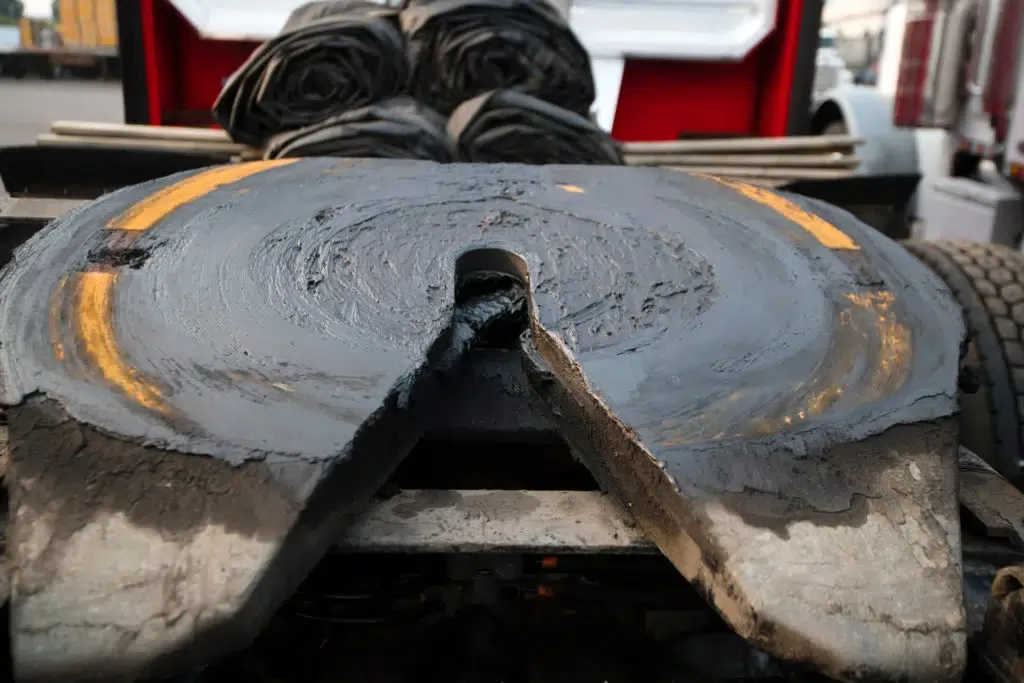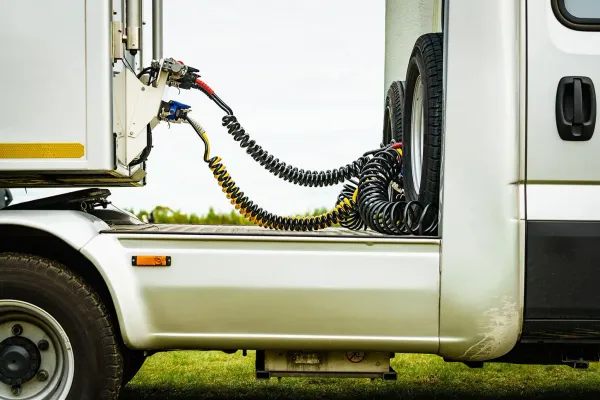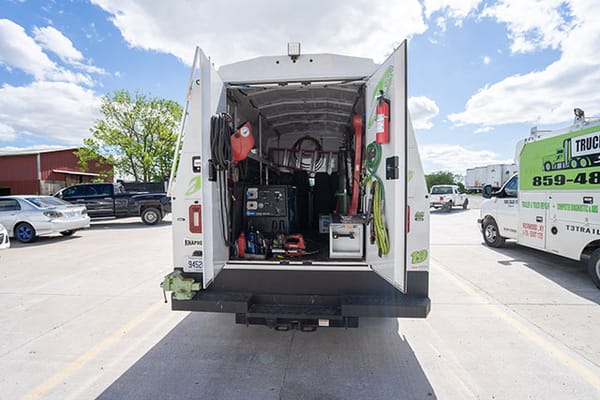The Secret to Longer Truck Life? Grease. Lots of It.

There’s a quiet truth in the world of long-haul trucking that’s been known by the old timers and respected by every seasoned mechanic worth their salt: grease is gold.
We talk a lot about high-performance engines, about safety systems, about uptime and logistics and routing software. But the longevity of a rig—its ability to keep turning over day after day, load after load—comes down to something far simpler and more tactile. Grease.
This isn’t about some fancy formula or breakthrough product. It’s about the gritty, unglamorous process of manually tending to the physical joints and parts that keep your truck from grinding itself to death. It’s the maintenance job that never makes headlines, but without it, even the best trucks begin to show their age before their time.
Let’s step back and think about what a truck endures. A long-haul rig lives a brutal life. Thousands of miles of friction, vibration, shock, weather, and torque all conspire to wear it down. These aren’t show trucks we’re talking about—they’re workhorses pulling full loads across interstates and through truck stops, often under tight deadlines. When you break it all down, a semi is really just a collection of moving parts, each one dependent on the next. And every one of those parts is counting on one thing to keep it moving smoothly: lubrication.
When grease is present—fresh, clean, and applied properly—it becomes an invisible guardian. It cushions. It repels water. It minimizes heat. It fights off corrosion. And it dramatically extends the life of pins, bushings, U-joints, kingpins, fifth wheels, and suspension parts. These components don’t just “wear out.” They get worn out when the grease stops doing its job—or when there’s not enough grease there to begin with.
Here’s the thing: many fleets and owner-operators know this. And yet, in the hustle of running freight, greasing often gets pushed to the bottom of the list. It's not flashy. It doesn't feel urgent until something fails. But once it does, you’re looking at downtime. You’re looking at cost. And in worst-case scenarios, you’re looking at safety hazards.
What makes this such a problem is that it doesn’t announce itself. There’s no warning light for dry kingpins. Your suspension components won’t ping you when they're running hot. U-joints won’t complain until the play becomes noticeable—and by then, you're deep into premature wear. Grease, unlike many aspects of truck health, is all about prevention. And the only way to do it right is to do it regularly.
Greasing a truck isn’t complicated, but it is meticulous. It requires consistency. It requires an understanding of where the fittings are, what kind of grease is best for the application, and how much pressure to apply. It’s a skill that used to be handed down almost ceremonially—one generation of drivers teaching the next not just how to handle a load, but how to care for their equipment like it was part of the family. That knowledge, in too many cases, is disappearing.
Mechanics see the results all the time: trucks that look sharp on the outside but are slowly being eaten alive from the inside. Fifth wheels that haven’t seen a grease gun in weeks, groaning under pressure. Wheel bearings that are dry and ready to seize. Crossmembers that are corroding from the inside out because water wasn’t kept at bay. All of this is preventable.
And here’s where it gets interesting. Grease doesn’t just preserve your components—it makes the truck feel better to drive. A well-greased truck steers more smoothly. It rides more comfortably. It reduces driver fatigue because the suspension does what it’s supposed to do. The feedback from the road is gentler. The small jolts and vibrations don’t build up the same way. Over time, it even protects your tires from abnormal wear caused by misaligned or under-lubricated suspension geometry.
When a truck is properly greased, the entire vehicle becomes more responsive, more forgiving, and more predictable. It’s not just about extending mechanical life. It’s about enhancing operational life. That’s the difference between a truck that’s constantly in the shop with mystery noises and one that just gets the job done—day in and day out.
This isn’t a conversation about budgets or big capital expenses. Grease is cheap. Labor can be streamlined. Greasing is one of the few maintenance tasks where the cost-to-benefit ratio is laughably lopsided in favor of the operator. And yet it remains one of the most underappreciated rituals in modern fleet management.
Why is that? Maybe it’s because it’s messy. Or because it doesn’t involve a dashboard alert. Maybe because it's not something you can automate, digitize, or remotely monitor with a sensor (at least not affordably). Whatever the reason, it's clear that the industry has drifted away from its roots—when every driver carried a grease gun and knew how to use it.
If there’s a lesson in all this, it’s that trucks still respond to human care. They reward the effort. If you grease regularly—really commit to it, not just when you remember—it will show in every mile you drive. Breakdowns become rarer. Repairs become less frequent. Parts last longer. Drivers stay happier. Schedules stay on track.
And let’s not forget: grease has a ripple effect on fuel efficiency, too. When components are lubricated, they generate less friction. Less friction means the engine isn’t fighting as hard to keep the wheels turning. Over thousands of miles, those small gains add up. That’s money in your pocket.
So the next time you’re planning your maintenance schedule—or walking through a yard of trucks—take a moment to ask yourself which rigs are truly being taken care of. Look for the signs: clean, shiny grease around joints, no dry spots on the fifth wheel, no squeaking or groaning from underneath. Those are the trucks that will still be rolling strong five, ten, even fifteen years from now.
It’s not magic. It’s not high-tech. It’s just grease.
And in the world of trucking, where every mile matters and every breakdown costs, that makes it one of the most powerful tools you’ve got.



